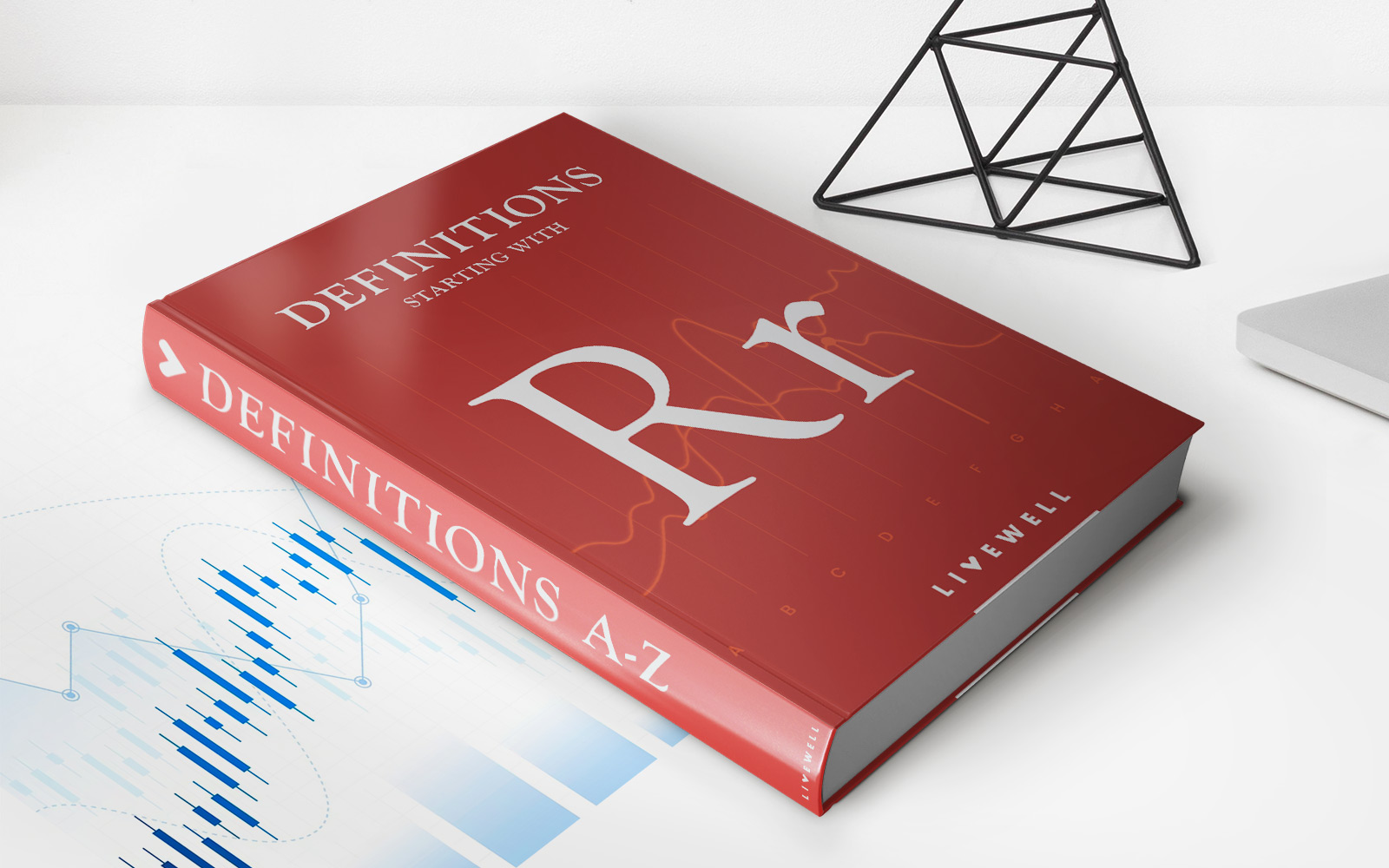Home>Finance>Broadening Formation: Definition, Example, Trading Strategies


Finance
Broadening Formation: Definition, Example, Trading Strategies
Published: October 19, 2023
Learn the definition, example, and effective trading strategies of broadening formation in the field of finance. Enhance your financial knowledge and trading skills with our comprehensive guide.
(Many of the links in this article redirect to a specific reviewed product. Your purchase of these products through affiliate links helps to generate commission for LiveWell, at no extra cost. Learn more)
Broadening Formation: Definition, Example, Trading Strategies
Welcome to our finance blog category, where we aim to provide valuable insights and information that can help you make informed financial decisions. In this blog post, we will be discussing the concept of broadening formation, including its definition, an example, and some trading strategies that can be applied. So, if you’re interested in understanding more about this intriguing pattern in financial markets, keep reading!
Key Takeaways
- Broadening formation is a chart pattern characterized by widening price swings and increasing volatility.
- Investors can use trendlines and volume analysis to identify and take advantage of broadening formations.
What is Broadening Formation?
Broadening formation, also known as a megaphone pattern, is a technical chart pattern that signifies a period of increased market uncertainty and volatility. This pattern is characterized by a series of higher highs and lower lows, creating a visually widening price channel on a price chart. It is usually formed during periods of market indecision or when conflicting forces are at play.
When a broadening formation emerges, it indicates that the market is lacking a clear trend. Instead, it suggests that the market participants are unsure about the direction in which prices will ultimately move. This uncertainty leads to increased volatility and widening price swings.
Example
Let’s take a look at a hypothetical example to better understand how a broadening formation may appear on a chart:
Company XYZ Stock
- Day 1: High = $50, Low = $40
- Day 2: High = $55, Low = $35
- Day 3: High = $60, Low = $45
- Day 4: High = $65, Low = $30
- Day 5: High = $70, Low = $50
Based on the example above, we can see that the price swings of Company XYZ stock are becoming wider over time, indicating a broadening formation. The increasing volatility and lack of a clear trend suggest that market participants are uncertain about the future direction of the stock.
Trading Strategies for Broadening Formations
Identifying and trading broadening formations can be challenging, but there are several strategies you can consider:
- Trading the Breakouts: One approach is to wait for a breakout above the upper trendline or below the lower trendline of the broadening formation. This breakout can be seen as an indication of a potential new trend emerging. Traders can take long positions when the breakout is above the upper trendline, or short positions when the breakout is below the lower trendline. Stop-loss orders can be placed outside of the pattern to manage risk.
- Trading with Oscillators: Oscillators, such as the Relative Strength Index (RSI) or the Stochastic Oscillator, can be used to identify potential overbought or oversold conditions within the broadening formation. When the oscillator reaches extreme levels, traders can consider taking contrarian positions, expecting a reversal in the price.
- Volume Analysis: Monitoring volume can provide valuable insights when trading broadening formations. An increase in volume during the breakout can validate the breakout signal and indicate a higher probability of new trend formation. Conversely, a decrease in volume during the widening swings may suggest decreasing market participation and a potential trend reversal.
Remember, trading patterns like broadening formations require careful analysis and risk management. It’s essential to use proper risk management tools, such as stop-loss orders and position sizing, to protect your capital and minimize potential losses.
Conclusion
To sum it up, broadening formation is an intriguing chart pattern that signals increased market uncertainty and volatility. Identifying and trading this pattern can be challenging, but with proper analysis techniques and risk management strategies, it is possible to take advantage of potential breakouts or reversals. Remember to conduct thorough analysis, use appropriate risk management tools, and stay updated with market news and trends to improve your trading decisions.
Thank you for reading our blog post on broadening formation. Stay tuned for more informative articles in the finance category to enhance your financial knowledge and decision-making skills.














